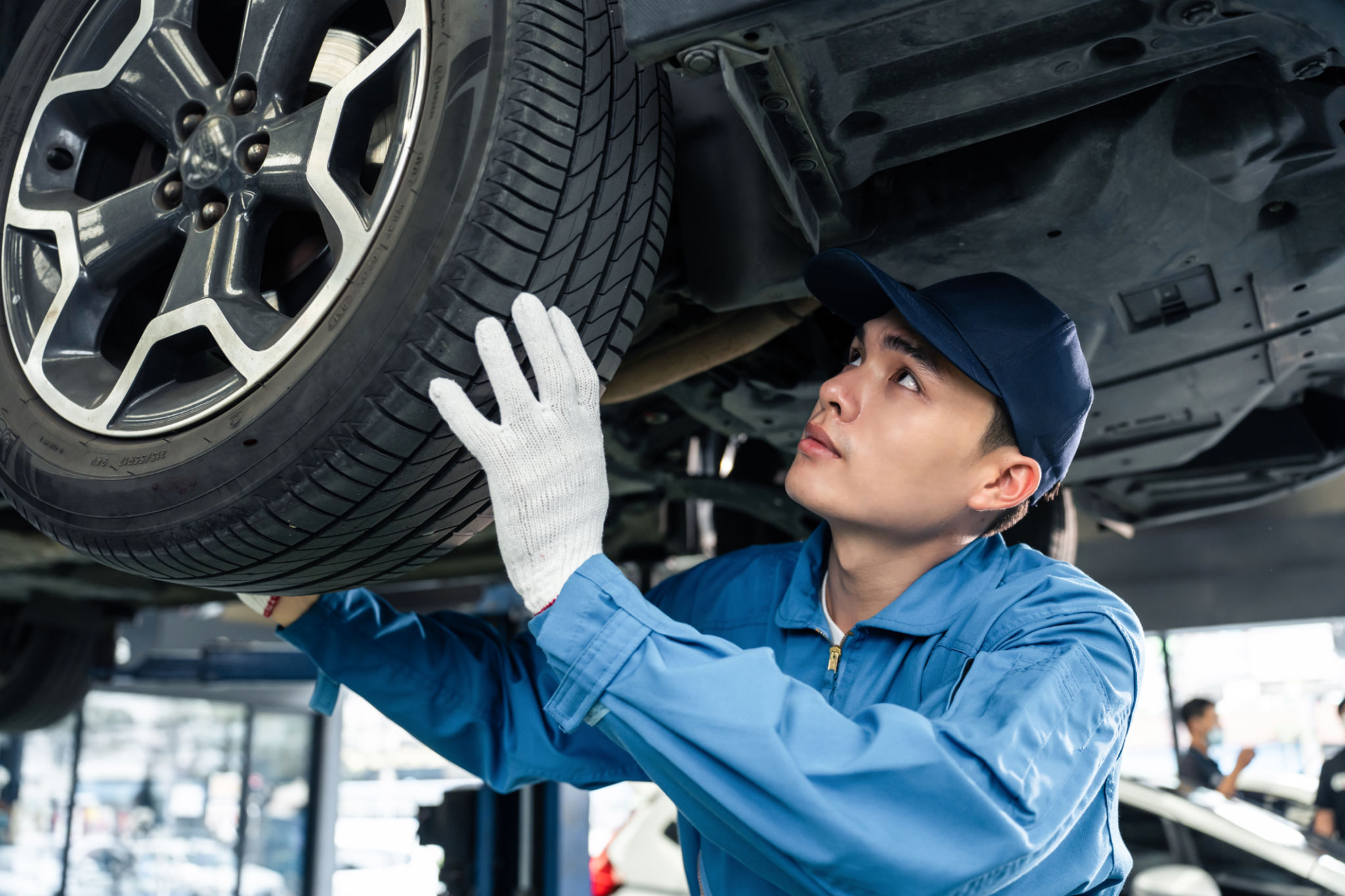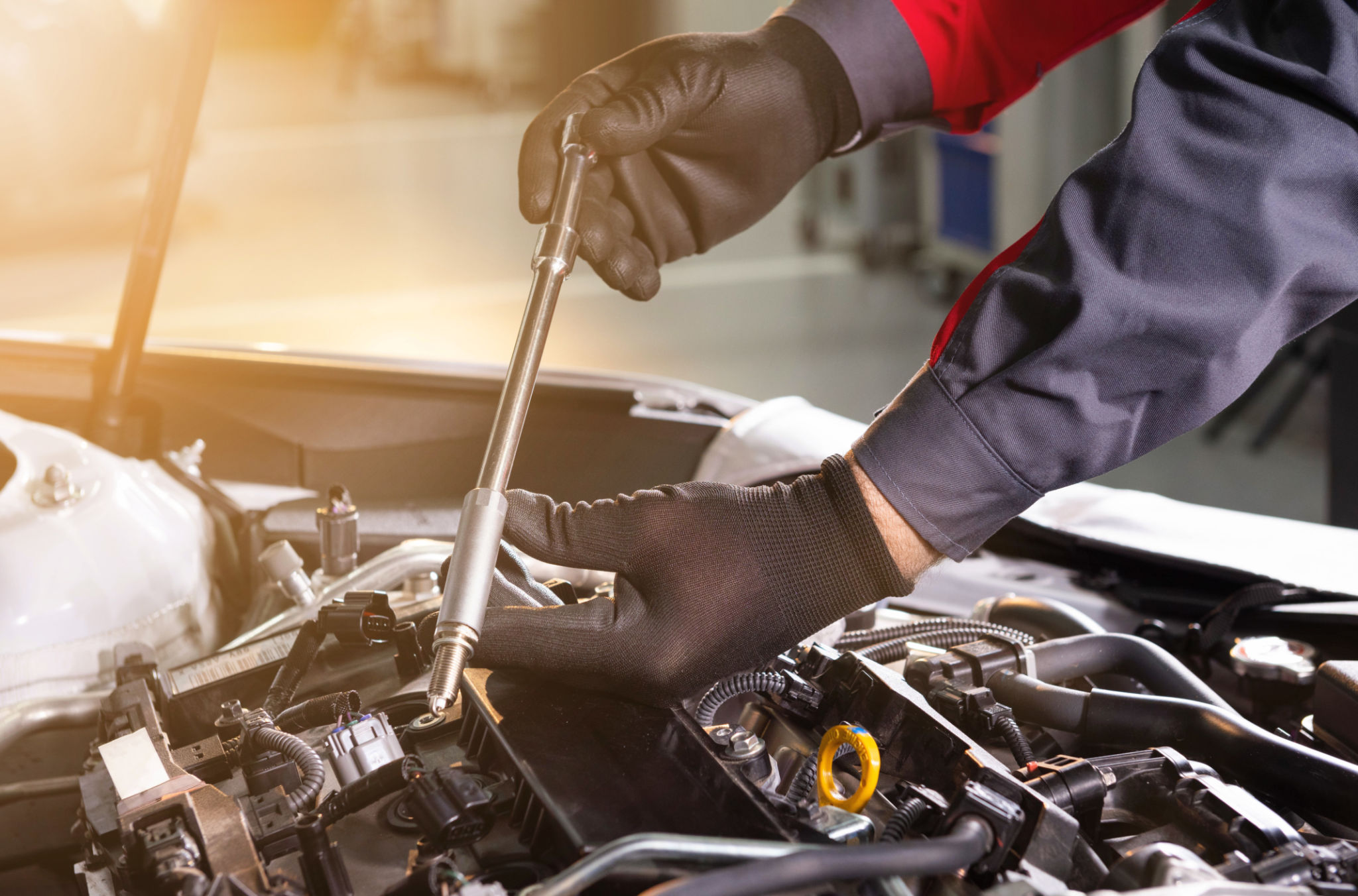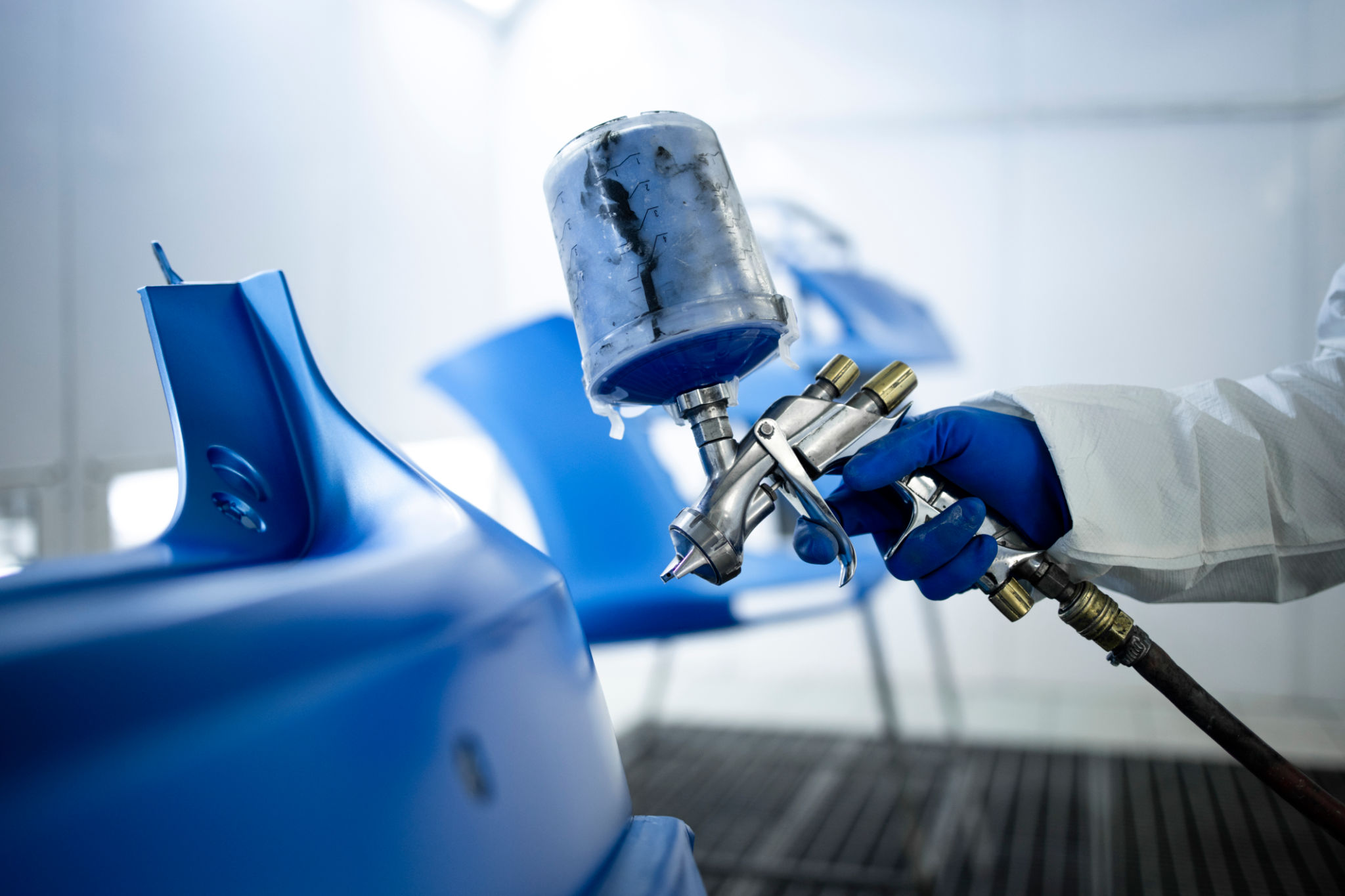Understanding the Auto Body Repair Process: A Step-by-Step Guide
Navigating the world of auto body repair can often feel daunting, especially if you're unfamiliar with the process. Whether you're dealing with a minor fender bender or major collision damage, understanding each step can help ease your concerns and ensure you know what to expect.
Initial Assessment
The first step in the auto body repair process is a comprehensive evaluation of the damage. This involves assessing both visible and hidden damage to your vehicle. Technicians will examine the car’s frame, mechanical components, and body structure to determine the extent of the repairs needed. During this stage, they'll also provide you with a detailed estimate of the repair costs and time.
This initial assessment is crucial as it sets the groundwork for all subsequent repairs. It's a good idea to ask questions and discuss any concerns you might have regarding the repair process during this phase.

Disassembly and Damage Analysis
Once the assessment is complete and you approve the estimate, the next step is disassembly. This involves removing damaged parts to get a better view of any underlying issues that may not have been visible during the initial evaluation. Technicians use this opportunity to analyze the damage more thoroughly and adjust the repair plan if necessary.
This phase ensures that all damage is accounted for before moving forward with actual repairs, preventing any surprises later in the process.
Repair and Replacement
The core of the auto body repair process involves repairing or replacing damaged components. This can range from fixing dents and scratches to replacing entire panels or mechanical parts. Skilled technicians use a variety of tools and techniques to restore your vehicle to its pre-accident condition.

If parts need replacement, repair shops often use original equipment manufacturer (OEM) parts, ensuring compatibility and quality. This step may take some time depending on the extent of the damage and availability of parts.
Paint and Finishing Touches
After repairs are completed, it's time for painting and finishing touches. A high-quality paint job is essential for ensuring that your vehicle looks as good as new. Technicians will match the paint color to your vehicle's original shade, applying it in a controlled environment to prevent any contaminants from affecting the finish.
The final touches also include reassembling any parts removed during disassembly, ensuring everything fits perfectly and functions correctly.

Quality Control and Final Inspection
Before returning your vehicle, the repair shop will conduct a thorough quality control check. This involves inspecting every aspect of the repair work to ensure it meets industry standards and your expectations. Technicians will check for proper alignment, paint consistency, and overall functionality.
Only after passing this rigorous inspection is your vehicle ready to be returned to you.
Returning Your Vehicle
The final step in the auto body repair process is returning your vehicle to you. The shop will typically provide a detailed report of all work performed, along with any warranties or guarantees on parts and labor. It's important to review this information carefully and ask any questions you might have.
By understanding each step in the auto body repair process, you can make informed decisions and ensure that your vehicle receives the best possible care.